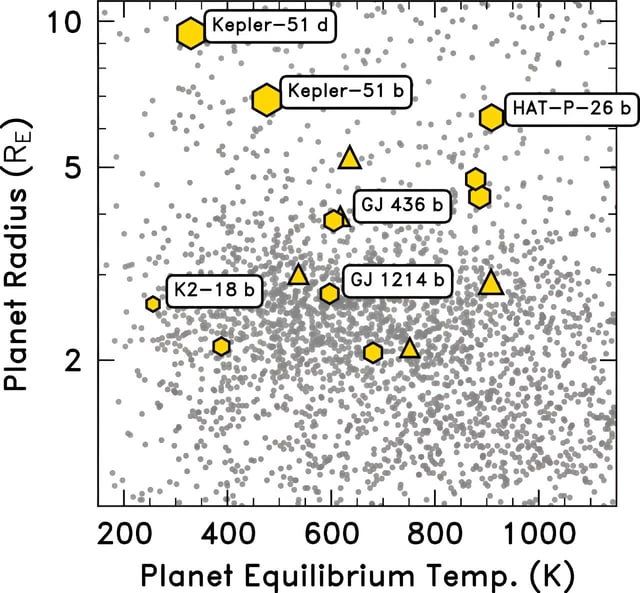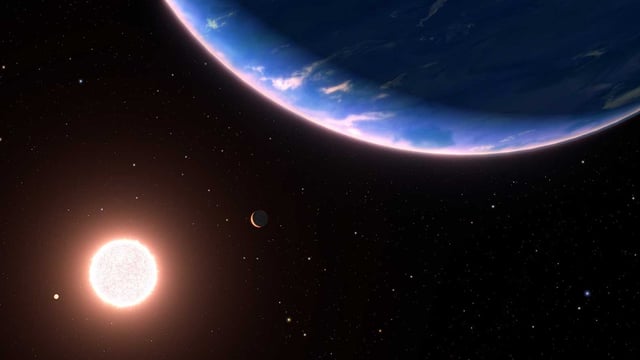Overview
- Advancements in exoplanet transmission spectroscopy have enabled scientists to study the atmospheres of Neptune-like exoplanets, revealing the presence of atmospheric aerosols.
- A study analyzing 15 exo-Neptune transmission spectra across a wide range of temperatures provides enhanced atmospheric insights, suggesting the clarity of planetary atmospheres might be linked to equilibrium temperature.
- Researchers utilized data from space-borne telescopes like the Hubble Space Telescope and the Webb Space Telescope to observe the behavior of these exoplanets.
- The study's findings, including the discovery of water vapor on GJ 9827d, contribute to unraveling the reasons behind the apparent absence of a small Neptune in our solar system.
- The analysis employed a technique called 'atmospheric retrieval' to extract more detailed information about the atmospheres of these small exoplanets, leading to a better understanding of cloud and haze behavior.

